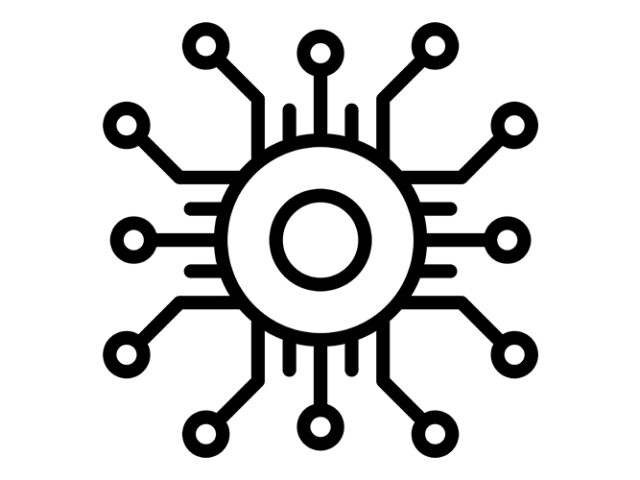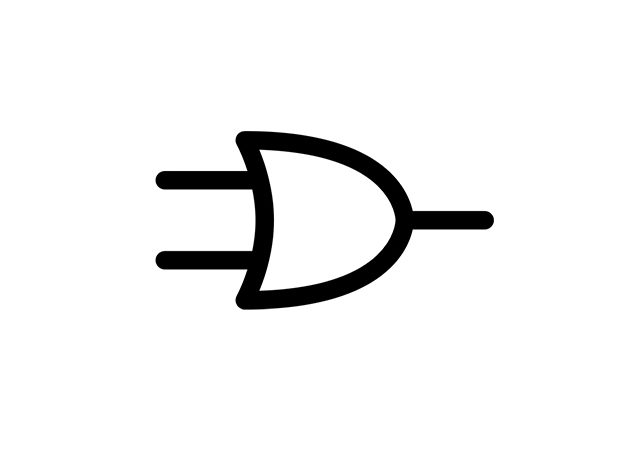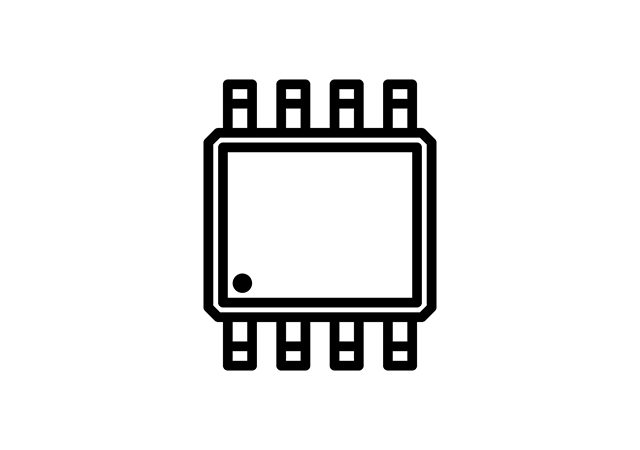Module aims The objective of this module is to empower students with the skills needed to employ organised digital system design techniques, hardware description…
Category: Year 2
Year 2: microcontroller engineering level 2
Module aims This unit aims to provide an extensive overview of microcontroller utilisation within electronic products and the essential peripheral devices employed by microcontrollers…
What is an operational amplifier
This post answers the question :"What is an operational amplifier?". In digital electronics, operational amplifiers are used in a broad range of applications. The…
EIA Interface standards
This post tells about the most common EIA interfaces. EIA or Electronic Industries Association is formed of individual organisations that define interface parameters and agree…
What is a USB interface
USB interface is a PnP interface between the peripherals and the PC. PnP (plug and play)interfaces are devices that can be added and removed…
What is sequential and combinational logic
This post answers the question "What is sequential and combinational logic?". These two circuits are very important and broad categories of circuits defined in…
What is a d-type flip-flop
This post answers the question "What is a D-type flip-flop"? D-Type Flip-Flop is the fundamental building block of digital electronics. It's very popular with…
Static Induction devices and their features
This post answers the question what are static induction devices and what are their features. Static Induction Devices (SID) are a static induction family that…
How do analog and digital signals work together
This post answers the question "How do analog and digital signals work together?". An electromagnetic or electrical current that carries information is known as…
Static induction transistor construction
This posts tells about static induction transistor construction. Invented by J. Nishizawa in 1975, the static induction devices were first successfully fabricated in Japan. Among…










